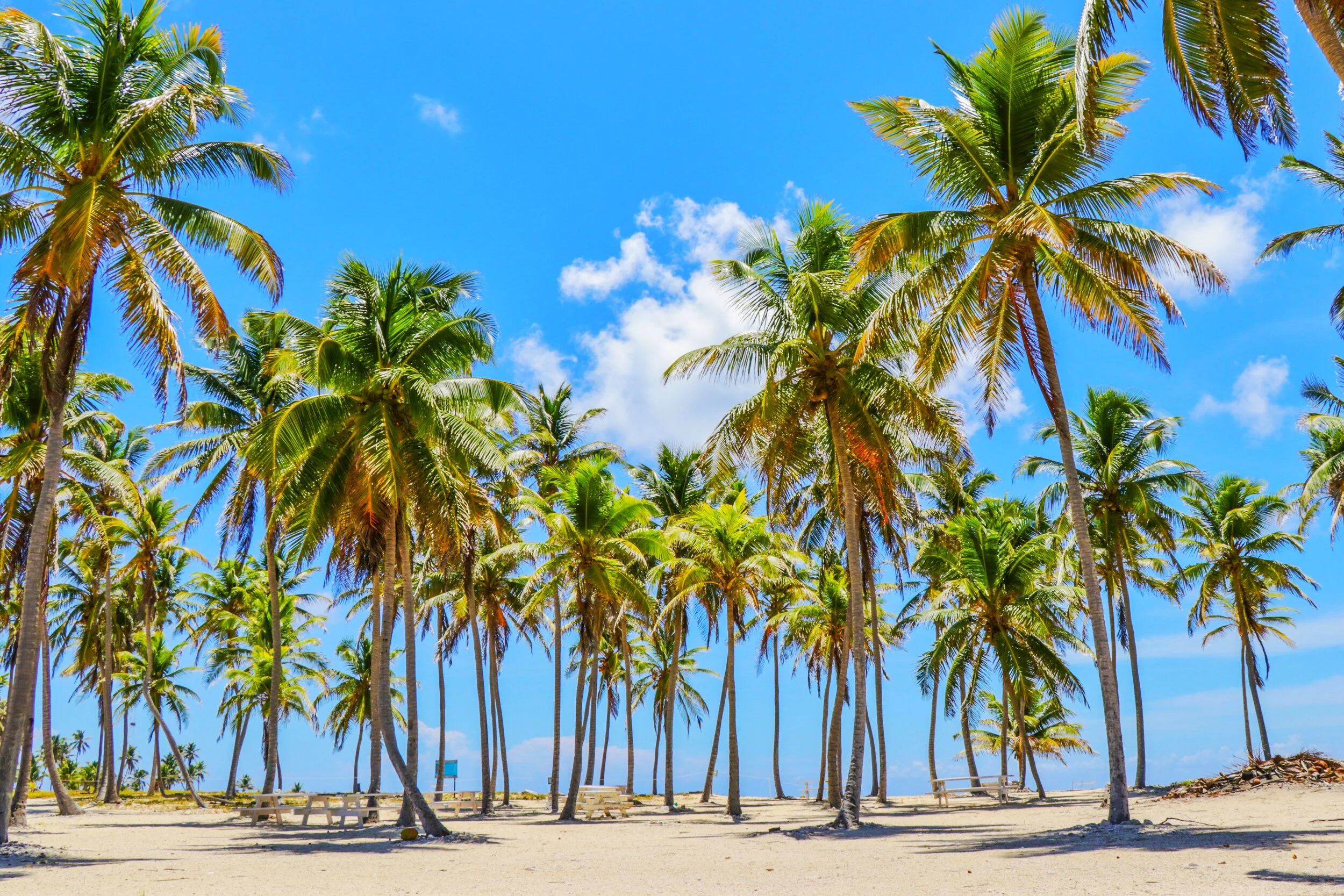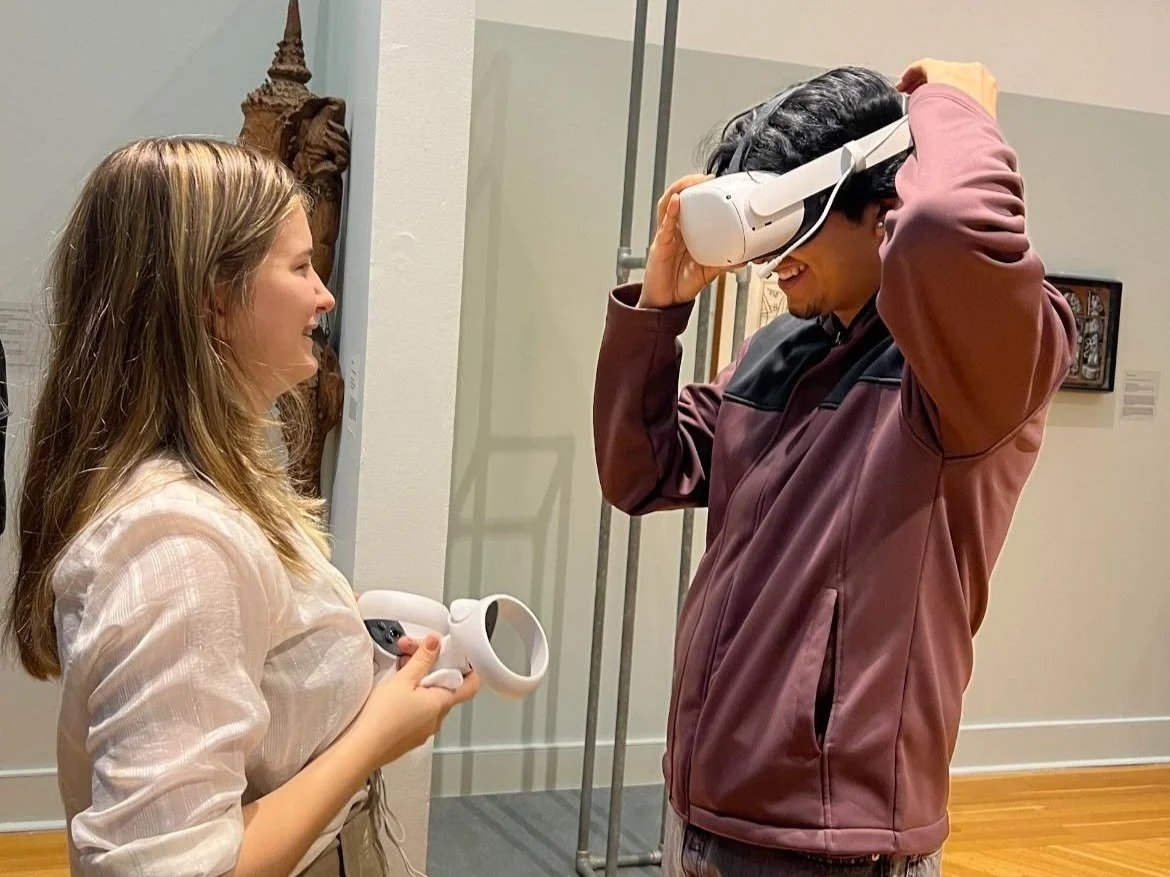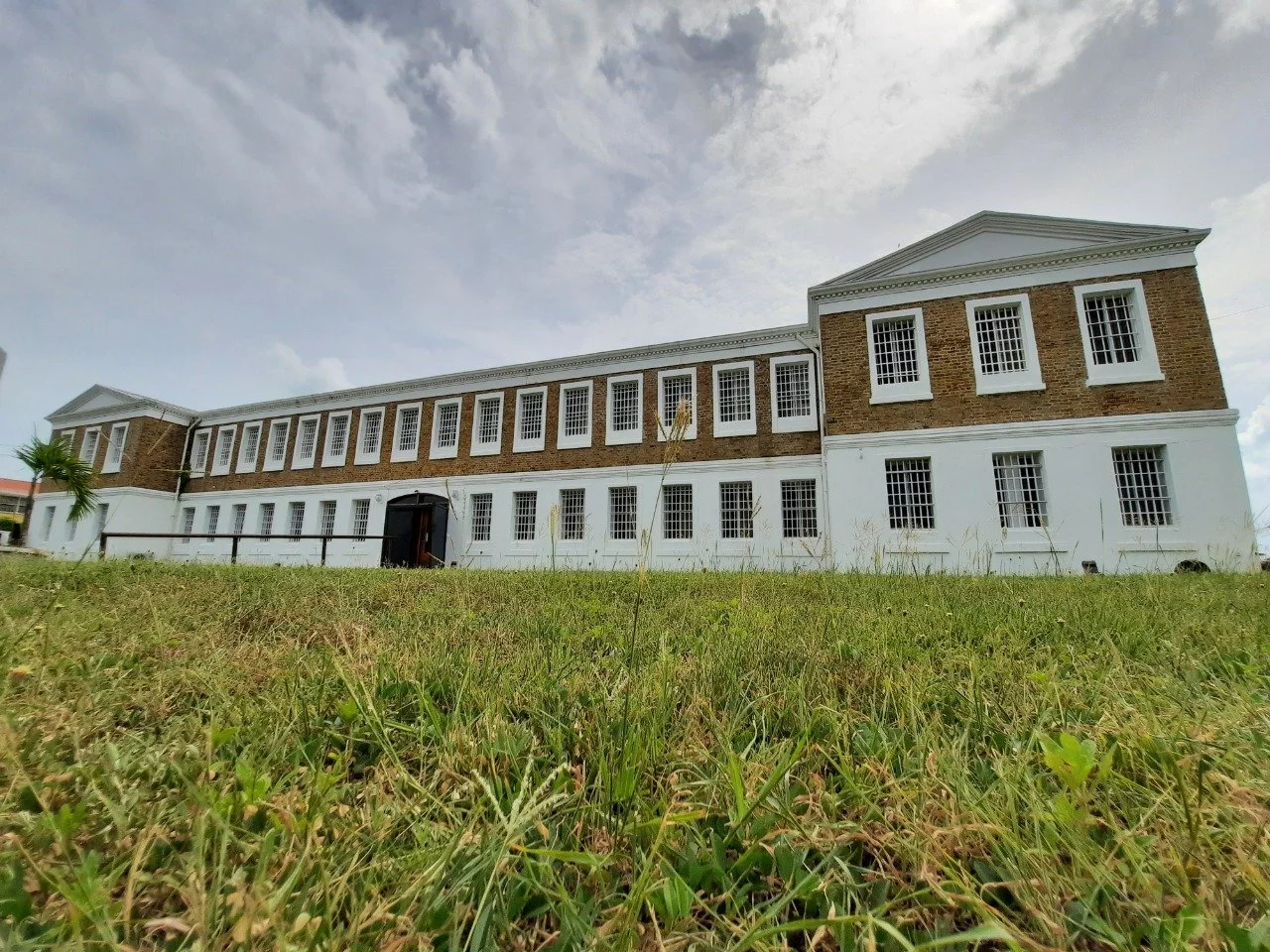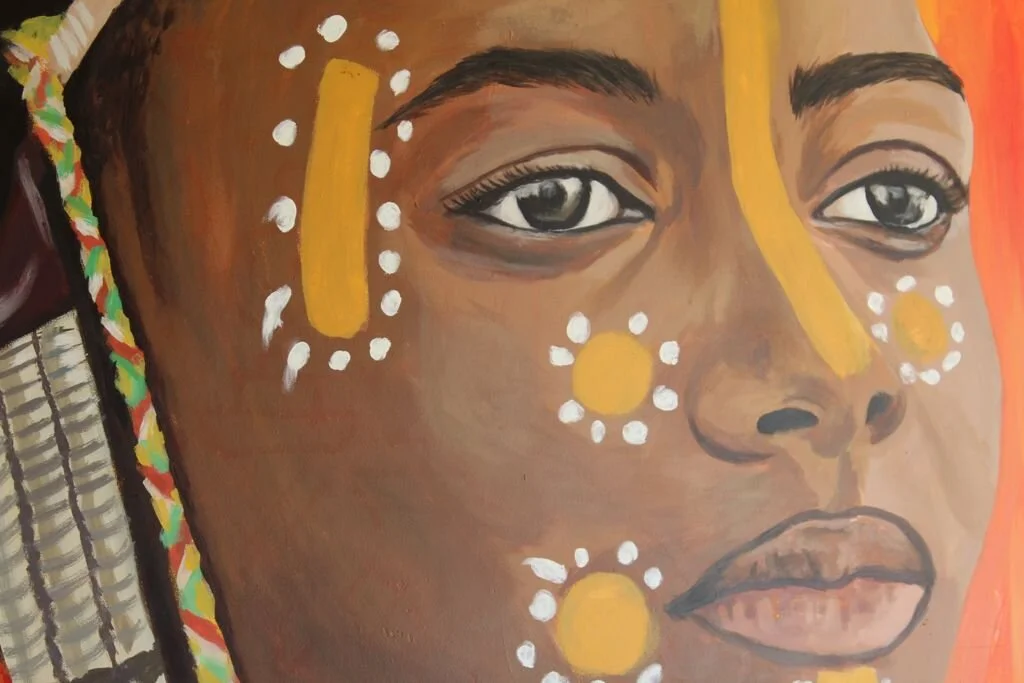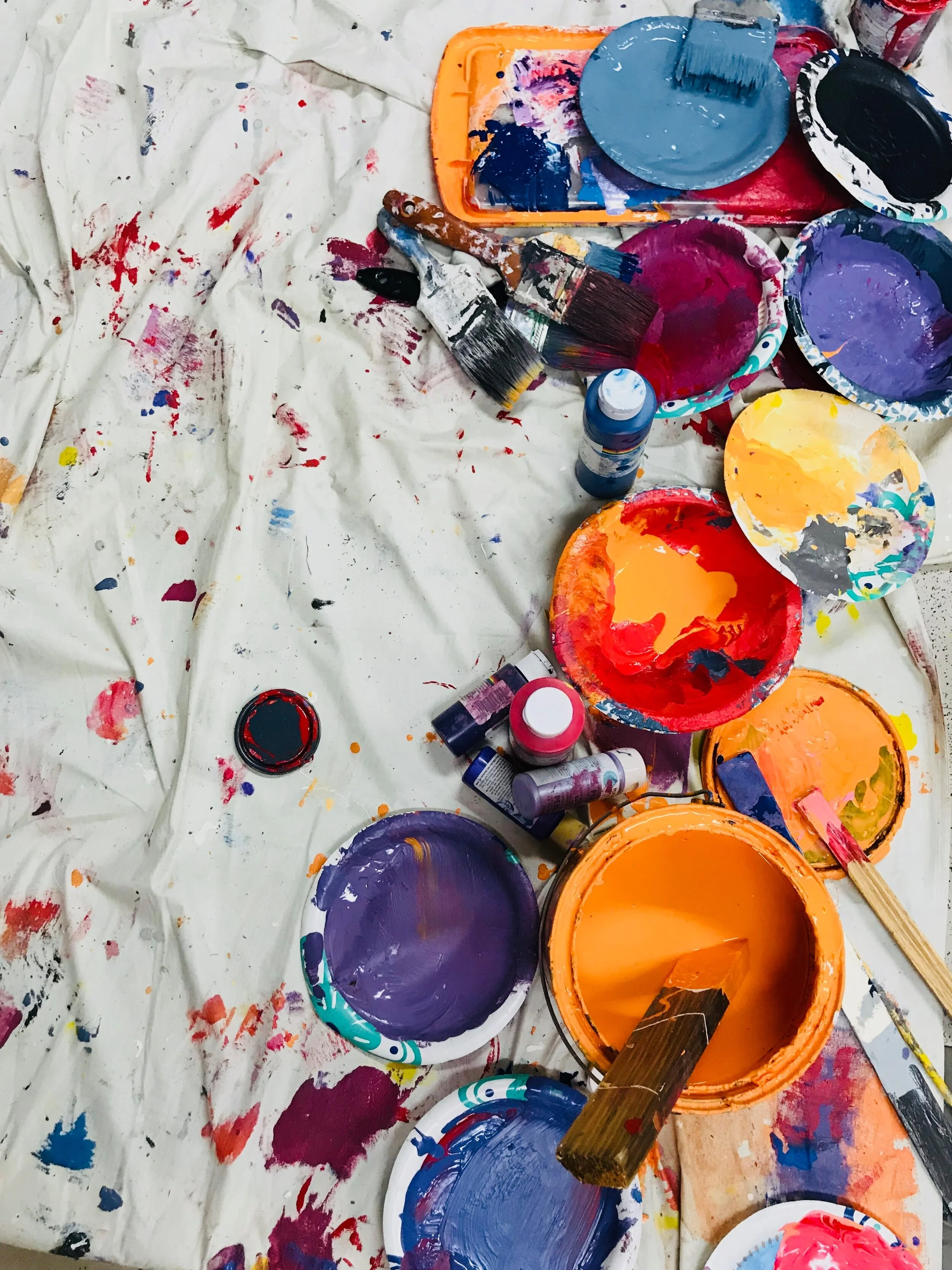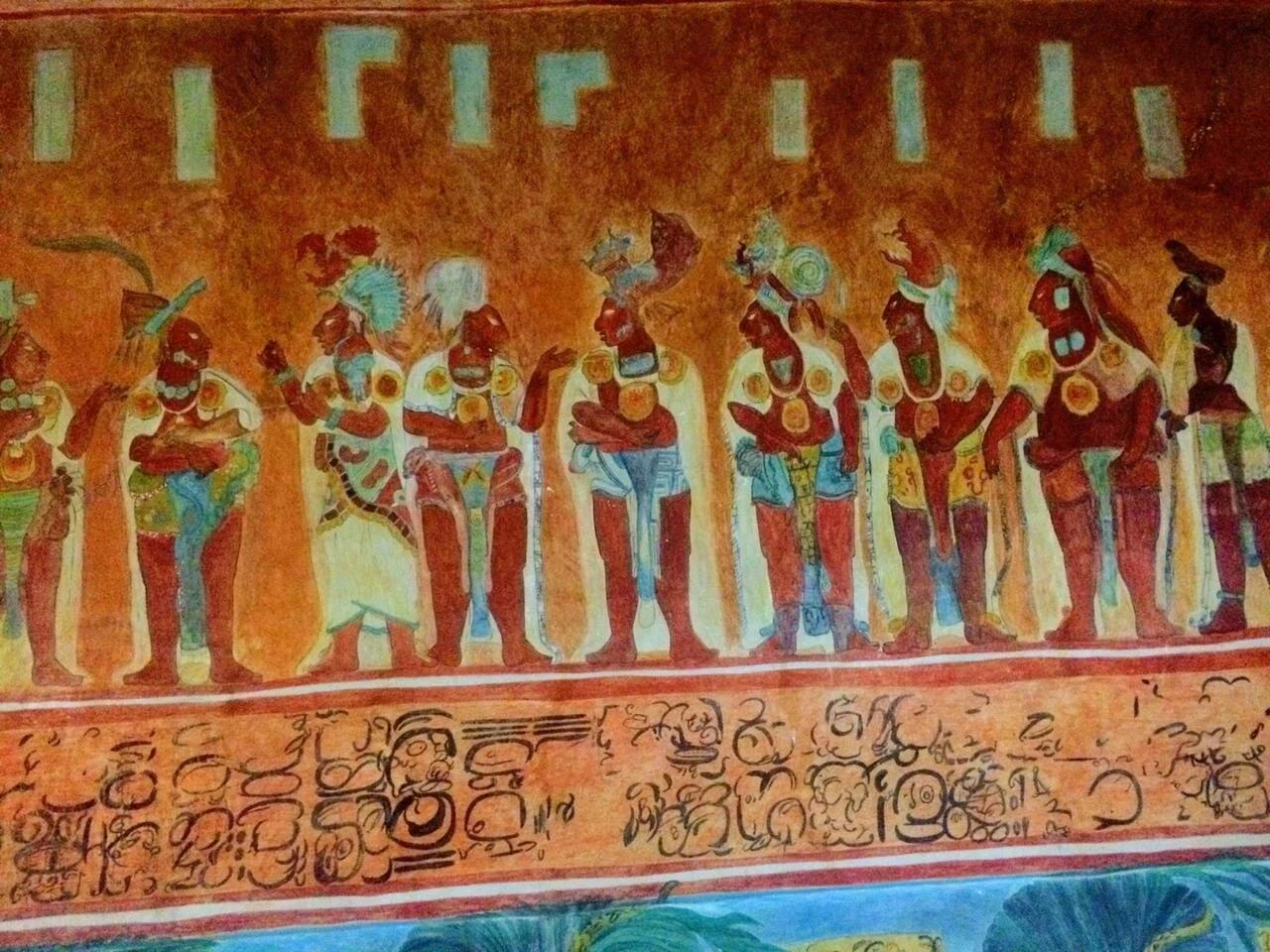As artifacts lose their glow through the passage of time, the history they bear sink into the darkness. Fortunately, technology provides a solution. Asli Erem discusses how 3D scanning helps us preserve and uncover pieces of the Maya civilization.
Read MoreFrom the cacao tree to a local chocolate factory, a bar of Maya chocolate carries stories of tradition and innovation. What should we know about the chocolate and the people who make it? We talked with Julio Saqui, founder and owner of Che’il Mayan Chocolate Factory, to see how chocolate becomes a medium to safeguard Maya culture and empower the local community.
Read MoreWhat does it mean for young people to excavate pieces of their ancient past? How to make ancient history and archaeology accessible to the general public? Read our interview with Antonio Beardall, PhD student at Texas State University, to see how community archaeology helps young Belizeans reflect on their cultural identity and own their history!
Read MoreA long time ago the Maya culture gave different interpretations to eclipses. In fact, the solar eclipse was interpreted as the Sun God expressing his fury or demanding rituals.
Read MoreThe World Monuments Watch Day event at Lamanai Archaeological Reserve fostered a deeper appreciation for the site's historical and cultural significance among attendees. It engaged diverse communities and tourists, leaving them with a newfound perspective on Lamanai's role in their living heritage.
Read MoreHave you ever visited Altun Ha, Xunantunich or any archaeological site in Belize and saw people ‘digging’? Well, that is probably an excavation and more than likely these researchers are doing some cool scientific analysis with those finds. Here are 4 ways you can keep up with archaeological research in Belize!
Read MoreEver wonder what archaeology research is about or what people' dig' at archaeological sites? Every year about 20 archaeological research projects are conducted in Belize. Here are our 5 favourite projects to follow on social media.
Read MoreMillions visit the famous archaeological reserves in Belize every year, yet there are still a few sites that barely get any visitors or are closed to tourism. Here are some of the hidden Maya archaeological sites in Belize (plus some contacts to plan your trip).
Read MoreLamanai Archaeological Reserve is one of the largest and most visited Maya archaeological reserves in Belize. Indian Church Village is a small settlement of around 260 people sharing a border with Lamanai. One would think that having such a famous site next door would put Indian Church on the map... This is not the case at all.
Read MoreTake a glimpse into Belizean Literary figures on World Book & Copyright Day (also known as International Day of the Book) organized by UNESCO that takes place every year on April 23rd.
Read MoreHere is a guide to visiting Indian Church Village, a small settlement with vibrant culture next to Lamanai Archaeological Reserve in Northern Belize.
Read MoreHere’s a pop quiz: do you know the difference between culture and heritage? If not, don’t fret! The answer’s not as straightforward as one might think.
Read MoreAs a form of public or street art, murals are ‘open museums,’ typically painted on walls, where people can access heritage. This art form can also serve as a place of shared ‘memory’ for the community and provide opportunities for community involvement. Find out more about street art in Belize and why it is crucial to safeguarding culture.
Read MoreFilm can be an immersive and powerful tool for documenting and making sense of our culture, and in some cases represents a form of intangible cultural heritage in itself. Here are three Belizean culture and heritage-related films to watch on your next rainy day.
Read MoreCommunity museums are a great place to visit if you want to learn more about local culture. Many of these small spaces are grassroots initiatives that allow the community to explore local histories and to provide educational opportunities for the younger generations. Making it easier to find these amazing places, here is a local's guide to community museums in Northern Belize.
Read MoreThe role of mothers is pivotal in transmitting culture. Mothers contribute to cultural survival in many ways and play a crucial part in safeguarding our cultural memory. Here are just a few areas of culture which depend on mothers around the world for their continuation.
Read MoreEvery year on the 18th of April since 1982, we celebrate World Heritage Day, but what does it stand for? We celebrate the legacy and rich heritage of humanity given to us by our ancestors and acknowledge the organizations that safeguard it. However, it is about more than just sites and monuments.
Read MoreWith cultural spaces closed Belizeans are deprived of spaces and avenues for cultural expression and revenue. We were suddenly left in a vacuum where we could no longer engage in these forms of cultural and creative expressions. However, cultural and creative industries play an essential role in socio-economic recovery. Here are 6 reasons why!
Read MoreLearn more about the production and ceremonial significance of the Maya Blue color. Vibrant and resilient, the Maya blue pigment has been considered a source of wonder for scientists and historians alike since its initial discovery in 1931. The paint can retain its vibrant blue color across centuries- a feat that is uncommon for any color, especially those obtained from natural ingredients.
Read MoreWomen are a crucial part of social and economic development as well as cultural transmission. The most straightforward example would be looking at how mothers influence the transmission and continuation of languages ("mother tongue", we call it) or various traditional artisanal techniques. It is essential to develop sustainable livelihoods and business models that encourage traditional skills and support women. We created a short guide to start.
Read More
